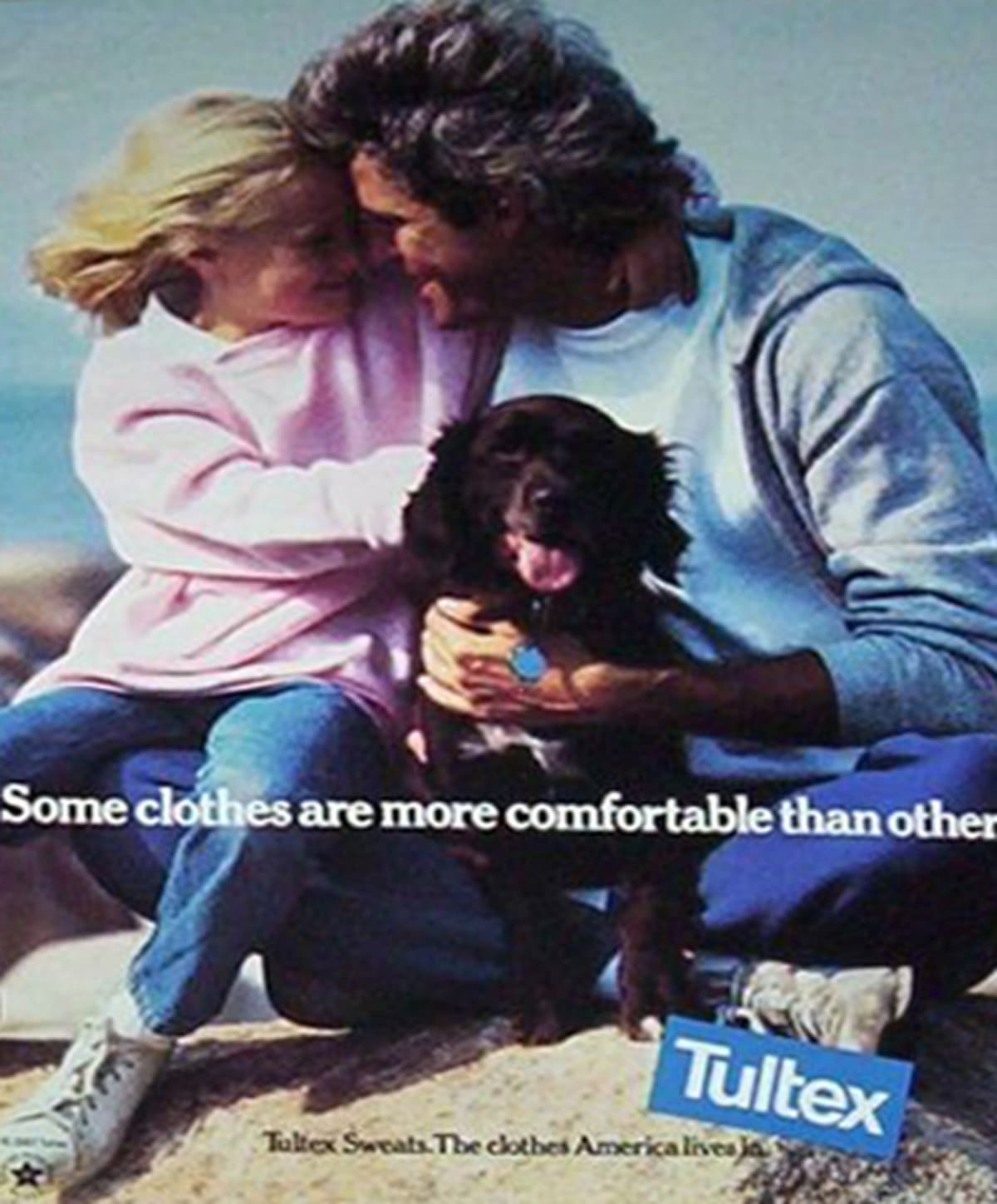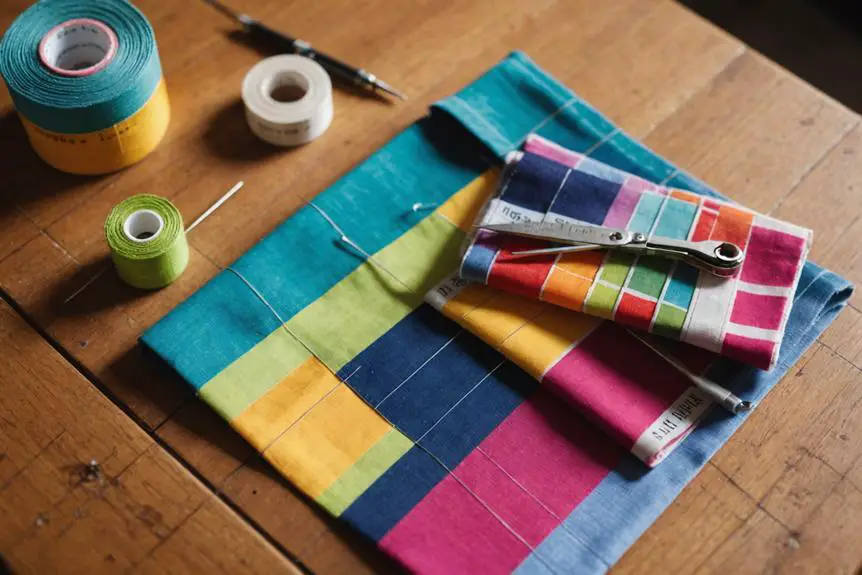The company that we know as Tultex today began as the Pannil Knitting Company in 1926, named after its founder William Pannil. William was initially inspired by seeing how successful the mills in the north of the USA were and thought that this lucrative business should be capitalized on in the south of the USA. So, he got a job as a janitor at a low-level mill in New York, learnt what he could and then moved to Virginia to begin his operations. Pannil was always careful to keep production updated with modern trends such as the fleeced sweatshirts and rough panel insulation.
Through a restructuring of the business, the Pannil Knitting Company became the Sale Knitting Company. The Sale Knitting Company focused on producing fleece-lined union suits and sweatshirts. It would soon enter a partnership deal with the Henry J Tully Corporation, allowing it to be the exclusive distributor of fleece-lined products. After temporarily changing operations to produce military clothing for WWII, the Henry J Tully Corporation would buy a majority stake in the Sale Knitting Company. A full merger was completed in 1971, and after a few more acquisitions, the textile manufacturing group would be renamed the Tultex Corporation.
As sporting lifestyles started to become increasingly popular, demand for sportswear boomed, and Tultex was well positioned to benefit from this. Throughout the late 1970s and 1980s, the company expanded its manufacturing capacity through investing in plants and acquisitions. The strong sales figures and period of growth led to the company deciding to list on the American Stock Exchange under the ticker TTX. In the 1980s many companies started to find their market share being eaten by low-cost imports, but Tultex maintained its competitiveness, in part because its cost of manufacturing was so low. Whilst Tultex has long had a subdued presence in fashion as far as marketing up to this point, in the 1990s they tried to change tact. Through partnerships with Levi Strauss to produce their products under the Britannia line, they believed they could legitimize the quality of Tultex. Further partnerships were made with college sports teams. Marketing campaigns such as ‘Tulavision’ would use stars like the Dallas Cowboys’ quarterback to represent the company. The 1990s were a difficult decade for Tultex overall, with inventory build-ups and baseball strikes having serious impacts on their bottom line. Over the years Tultex has slowly modernized its views on sourcing materials and manufacturing practices, choosing to favor high-profit margins provided by offshore manufacturers instead of staying loyal to geographic areas of production in the USA.
Rare 1992 Tultex Advert featuring Tulavision Campaign
How to tell if Tultex is vintage from the logo
A licensing deal with the Nissan trading company helped the brand expand into the only market it was yet to reach, the Asian market. This was the final deal that truly gave Tultex global recognition. Although the legacy of the company is much longer than the legacy of the Tultex name, for the purposes of vintage identification we will only focus on the Tultex branded logo, which was updated once in the early 1990s. This update can help us distinguish if a Tultex piece is from before or after this time period. One thing to bear in mind when it comes to Tultex is that it often provided blanks for companies to create designs on top of, so to find a Tultex logo the best place to start looking in most cases is the tags.
1980s to 1990s Tultex logo
- The earliest Tultex logo we can find an example of is a text-only logo
- The font is relatively simple and straightforward
- Only the ‘T’ of Tultex is capitalized
- It is white on a blue background

1980s to 1990s Tultex logo
1990s to 2000s Tultex logo
- The next Tultex logo is the same structure of just text
- And the font is blocky and all at the same height and spacing
- All the text is capitalized
- It is monochrome

1990s to 2000s Tultex logo
2000s to 2010s Tultex logo
- The most recent version uses a combination of a logo and emblem
- The emblem is three connected squares
- The font is sleek and modern
- And the text is all lowercase

2010s to now Tultex logo
How to tell if Tultex is vintage from the neck tags
Tultex has specialized in producing blank items of clothing which other designers have put prints on. Often this means that a tag might indicate when the actual blank t-shirt was made, because of inventory management and stock being held, a print or design on it may be done a few years later. And in the case of Tultex, their mass overproduction in the 1990s would certainly have caused some instances of this. Usually though the print will be done within 2 to 3 years of the manufacture date of a Tultex blank.
But before you start to compare the tags of your Tultex with the ones below, here’s a couple of things to watch out for. Firstly, when it comes to vintage t-shirts, single stitch methods were used until the mid-1990s, with double stitch becoming commonly used by the late 1990s. Some examples of these can be seen below. A t-shirt using single stitch sewing is normally a good sign its vintage. The other sign is if the piece was made in the USA. It has become more common in the mid-1990s onwards for the pieces to be partly assembled or sourced from other countries.
Not sure about your vintage labels? Submit them on our vintage tag identification page, and we’ll help you with your vintage labels!
Mid to Late 1980s vintage Tultex tags
- At this time tags used a consistent color and design scheme across variations
- Combining blue and white, the tags use block colors
- The logo is always set within the blue
- They include sizing by word
- And have care information either on the front or back of the one tag
- Many of these Tultex pieces were made in the USA

Late 1980s to Early 1990s vintage Tultex tags
- The tags became white rectangles with the logo in blue on them with an outer border
- Some of the tags had the care instructions and sizing all on the same piece of fabric, however it became more common for an extra polyester tag behind the main one to contain this information
- They also started including references to the line of Tultex clothing, such as ‘Maximum Sweats’ and ‘SuperWeight’

Early to Mid 1990s vintage Tultex tags
- The tags remained the same shape and, in many cases, the same visual design
- However, a very noticeable change is the tags becoming a thin polyester with the information printed on instead of sewn in
- These tags also included sizing information on the front and care information on the back

Mid 1990s vintage Tultex tags
- The mid-1990s saw the debut of the new Tultex logo
- On these tags, it is white in a black square, sometimes accompanied by the product line
- It started to become more common for products to be partly assembled or sourced from outside the USA

Late 1990s to 2000s vintage Tultex tags
- The logo remained the same into the 2000s, however, its design on tags changed slightly
- It became a black font on a white tag, with only the product line beneath it being set in a black box
- These tags started to include a lot more information on the front such as country of manufacture, composition, and sizing in multiple languages






Thanks for your helpful post. In recent times, I have come to understand that the actual symptoms of mesothelioma cancer are caused by this build up of fluid relating to the lining of your lung and the chest muscles cavity. The infection may start while in the chest area and spread to other areas of the body. Other symptoms of pleural mesothelioma cancer include weight reduction, severe inhaling and exhaling trouble, a fever, difficulty swallowing, and infection of the face and neck areas. It should be noted that some people having the disease never experience virtually any serious indicators at all.